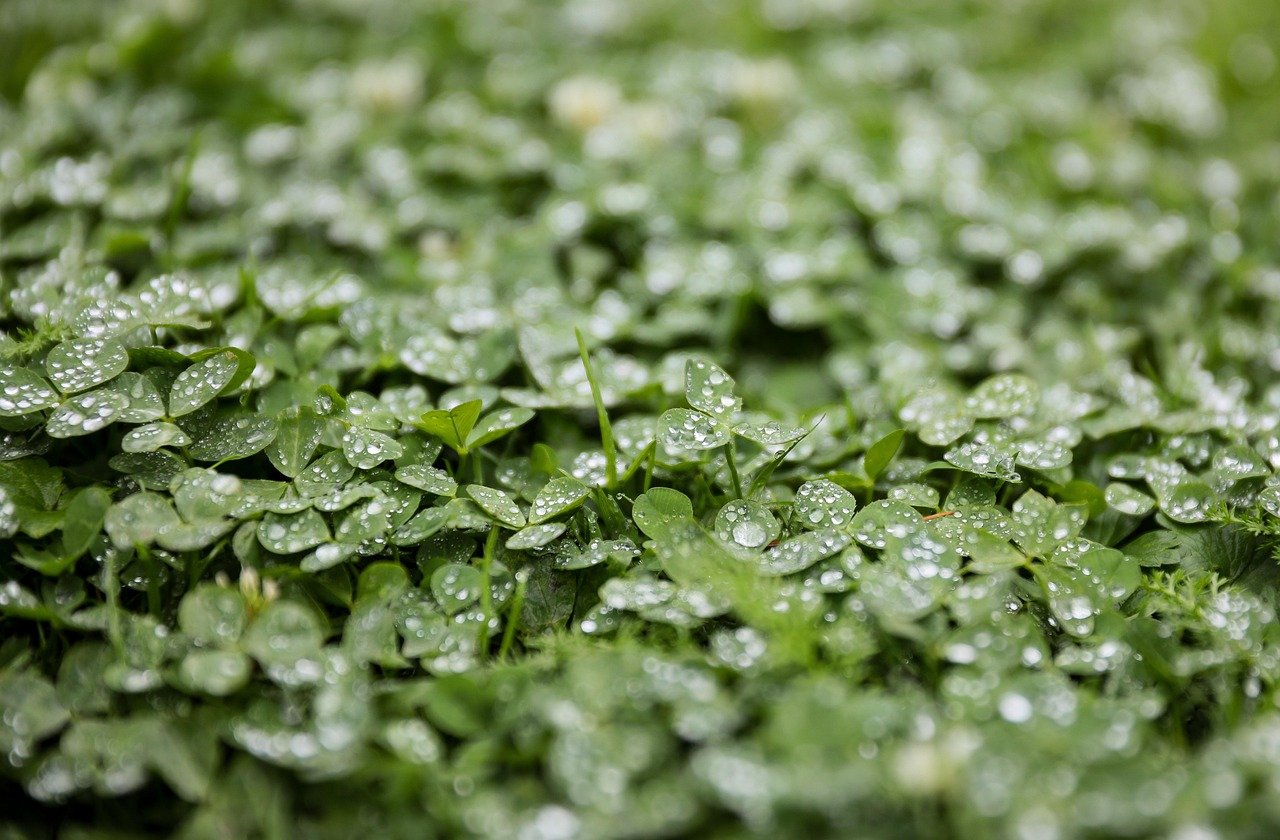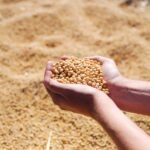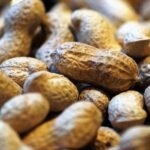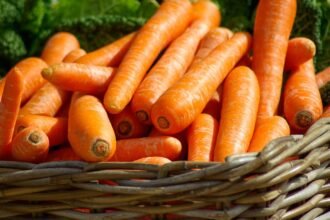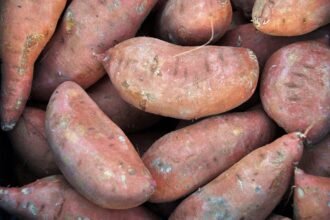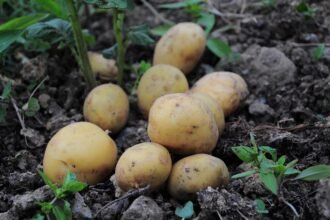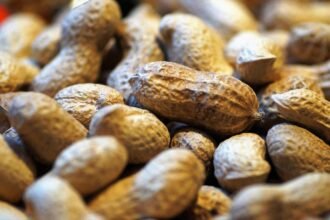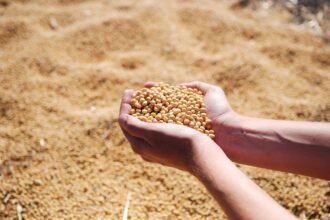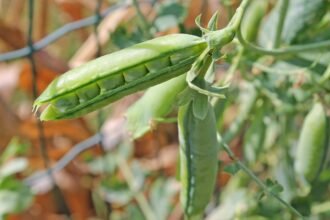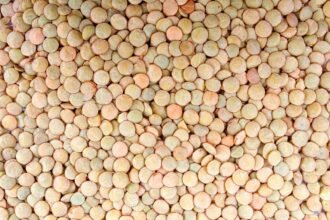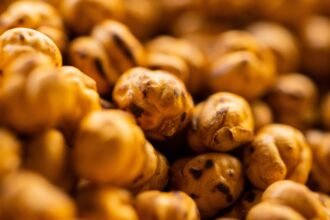Alfalfa (Medicago sativa) is one of the most important and widely cultivated forage crops in the world. Known for its high nutritional value, alfalfa is primarily grown as animal feed, particularly for dairy and beef cattle, horses, and other livestock. It is also used as a green manure crop due to its ability to fix nitrogen in the soil, improving soil fertility. Successful alfalfa farming requires proper management practices, from soil preparation and irrigation to pest control and harvesting. This guide covers the key aspects of alfalfa cultivation, ensuring high yields, good quality forage, and long-term productivity.
1. Soil Preparation and Fertility Management
Alfalfa grows best in deep, well-drained soils with high fertility. Proper soil preparation is essential to ensure optimal root growth, nutrient uptake, and high forage quality.
Key Steps:
- Soil Testing: Conduct a soil test before planting to determine the nutrient levels and pH. Alfalfa prefers slightly alkaline soils with a pH between 6.5 and 7.5. If necessary, apply lime to raise soil pH, as alfalfa is sensitive to acidic soils.
- Tillage: Alfalfa requires deep, loose soil for proper root penetration. Till the soil to a depth of at least 20–30 cm (8–12 inches) to prepare a well-drained seedbed. Avoid excessive tillage to maintain soil structure and reduce erosion.
- Fertilization: Alfalfa is a nitrogen-fixing crop, meaning it can fix nitrogen from the atmosphere through its symbiotic relationship with rhizobial bacteria. However, it still requires phosphorus (P) and potassium (K) for healthy root development, flowering, and overall plant health. Apply phosphorus and potassium based on soil test recommendations.
- Organic Matter: Incorporating organic matter such as compost or manure helps improve soil structure, moisture retention, and nutrient availability, particularly in sandy soils.
2. Selecting the Right Alfalfa Variety
Choosing the right alfalfa variety for your climate, soil, and intended use is crucial for achieving high yields and optimal quality forage.
Alfalfa Varieties:
- Standard Varieties: These are typically used for hay and silage and are suited to a wide range of climates and soil conditions.
- Disease-Resistant Varieties: Some varieties are bred for resistance to common alfalfa diseases such as Fusarium wilt, downy mildew, and root rot.
- Cold-Hardy Varieties: These are suited for colder climates and can withstand freezing temperatures, making them ideal for regions with harsh winters.
- High-Yield Varieties: These varieties are designed to provide high yields of high-quality forage for livestock feed.
Choose varieties that are resistant to local diseases and pests and suited to your growing conditions and intended use.
3. Planting and Sowing Techniques
Proper planting ensures good seedling establishment and strong growth, leading to high yields of healthy, high-quality alfalfa.
Key Steps:
- Planting Time: The best time to plant alfalfa is in the spring after the last frost or in late summer (late July to early August) for fall establishment. The soil temperature should be at least 15–18°C (59–64°F) for optimal germination.
- Sowing Depth: Plant alfalfa seeds 0.5–1 cm (0.2–0.4 inches) deep. Shallow planting may expose seeds to drying, while deeper planting can delay germination and make it harder for seedlings to emerge.
- Row Spacing: The recommended row spacing for alfalfa is 15–30 cm (6–12 inches). Narrower rows may increase competition for light and nutrients, while wider rows may reduce plant density.
- Seed Rate: Use 10–15 kg of alfalfa seed per hectare, depending on seed quality, row spacing, and soil conditions. Ensure good seed-to-soil contact for uniform germination and early growth.
4. Water Management
Alfalfa requires a steady supply of water, especially during its early growth stages and throughout the flowering and seed formation periods. However, it is also drought-tolerant once established.
Key Steps:
- Water Requirements: Alfalfa requires approximately 600–800 mm (24–31 inches) of water per growing season. The crop needs the most water during the vegetative growth phase, flowering, and seed formation.
- Irrigation Systems: Alfalfa can be grown under rain-fed conditions in regions with adequate rainfall, but supplemental irrigation is required in areas with irregular rainfall or during dry periods. Drip irrigation or sprinkler systems can efficiently deliver water to the crop while minimizing waste.
- Water Scheduling: Ensure that alfalfa receives water at critical growth stages, especially during flowering and seed formation. Avoid waterlogging, as this can damage the roots and affect plant health.
5. Nutrient Management
Alfalfa is a nutrient-intensive crop, and proper nutrient management is essential for achieving healthy growth and high yields.
Key Steps:
- Nitrogen Fixation: Alfalfa plants fix nitrogen from the atmosphere through their root nodules, so they require minimal nitrogen fertilization. However, additional phosphorus and potassium are necessary to support optimal growth.
- Phosphorus and Potassium: Apply phosphorus at planting to encourage root development and potassium during flowering and pod development to support plant growth and improve forage quality.
- Micronutrients: Ensure that the soil contains adequate levels of micronutrients such as sulfur, zinc, and boron, which are important for alfalfa’s health and productivity. Deficiencies can lead to stunted growth and poor forage quality.
6. Weed Control
Weeds compete with alfalfa for nutrients, water, and light, reducing yields and forage quality. Effective weed management is crucial for maintaining a healthy crop.
Key Steps:
- Pre-emergence Herbicides: Apply pre-emergence herbicides to control early-stage weeds before alfalfa plants emerge. This helps reduce weed pressure and gives alfalfa a better chance to establish.
- Post-emergence Herbicides: Once alfalfa has emerged, use selective herbicides to manage weeds without harming the crop. Always follow the recommended application rates and timing.
- Manual Weeding: In smaller operations, manual weeding may be necessary, especially during the early stages of growth when weeds are more competitive.
- Cover Crops: Growing cover crops like clover or rye before planting alfalfa can help suppress weeds, reduce soil erosion, and improve soil fertility.
7. Pest and Disease Management
Alfalfa is susceptible to several pests and diseases that can damage plants and reduce yield. Monitoring and early intervention are key to preventing significant losses.
Common Pests:
- Alfalfa Weevil: The larvae of the alfalfa weevil feed on leaves, causing significant damage. Use insecticides or natural predators such as parasitic wasps to control populations.
- Aphids: Aphids suck sap from plants and transmit diseases. Control aphid populations using insecticides or biological methods such as encouraging ladybugs.
- Root-Knot Nematodes: These pests damage roots, affecting nutrient uptake. Rotate crops and use resistant varieties to manage nematodes.
Common Diseases:
- Downy Mildew: This fungal disease affects the leaves and can reduce yield. Use resistant varieties and apply fungicides as needed.
- Fusarium Wilt: A soil-borne disease that affects the roots, reducing plant health and yield. Crop rotation and soil fumigation can help manage this disease.
- Ascochyta Blight: This fungal disease causes lesions on leaves, stems, and pods. Use disease-resistant varieties and fungicides to control its spread.
- Integrated Pest Management (IPM): Use a combination of biological controls, resistant varieties, crop rotation, and minimal pesticide use to effectively manage pests and diseases.
8. Harvesting and Post-Harvest Handling
Proper timing and techniques are crucial for harvesting alfalfa to ensure high-quality forage and minimize losses.
Key Steps:
- Harvest Timing: The optimal time to harvest alfalfa is when the plant is in the bud to early bloom stage, as this is when the forage has the highest nutritional value. For hay, cut when the plants are at 10% bloom.
- Mechanical Harvesting: Use a mower-conditioner to cut the alfalfa and allow it to dry. A swather can also be used to cut and windrow the hay for drying.
- Manual Harvesting: For small-scale farming, manual harvesting may be necessary. After cutting, allow the alfalfa to dry in the field for 1–3 days, depending on the weather.
- Drying: Proper drying is crucial to prevent mold and spoilage. Aim for a moisture content of 15–20% for hay storage.
- Storage: Store alfalfa hay in a cool, dry place, away from direct sunlight and rain. Use sealed containers or barns to protect hay from pests, moisture, and temperature fluctuations.
9. Sustainable Alfalfa Farming Practices
Alfalfa is an environmentally friendly crop, known for its ability to improve soil health and reduce the need for synthetic fertilizers. Sustainable practices ensure long-term productivity while reducing environmental impact.
Sustainable Practices:
- Crop Rotation: Rotate alfalfa with other crops like cereals or legumes to reduce pest pressure, break disease cycles, and improve soil health.
- Conservation Tillage: Minimize tillage to preserve soil structure, improve water retention, and reduce erosion.
- Water Management: Use water-efficient irrigation systems and practice rainwater harvesting to minimize water usage.
- Organic Farming: Consider growing alfalfa organically to reduce the reliance on synthetic fertilizers and pesticides, benefiting both the environment and farm profitability.
Conclusion
Alfalfa cultivation requires careful attention to soil health, water management, pest control, and timely harvesting. By following the best practices for planting, irrigation, and pest management, farmers can achieve high-quality alfalfa production for forage, soil improvement, and other purposes. Whether you are growing alfalfa for livestock feed, green manure, or other uses, understanding the technical aspects of its cultivation will help you achieve long-term success.

